Lilac / Spring / Summer / Edible
Common Names
Lilac flower, sweet lilac
Botanical Name
Syringa vulgaris and other species
Scientific Classification
Kingdom – Plantae
Order –Lamiales
Family – Oleaceae
Physical Characteristics
This is a deciduous shrub that blooms in spring with cones of wonderfully fragrant flowers. It can grow up to 7m tall and can form suckers with which it propagates itself.
Leaves
The Leaves of Lilac grow opposite to one another, from 5 to 10 cm long and are a truly vibrant green.
The Leaves are Ovate, they are shaped like a heart.
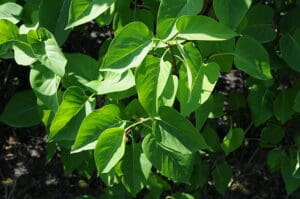
Flowers
The Flowers of Lilac are in big large bunches – the whole bunch is cone-shaped overall (terminal panicles)
Each individual flower is very small and trumpet-shaped to begin with opening out flat to reveal 4 distinct petals.
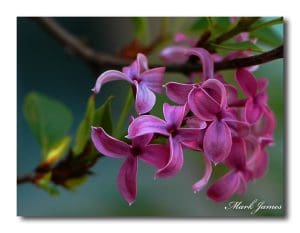
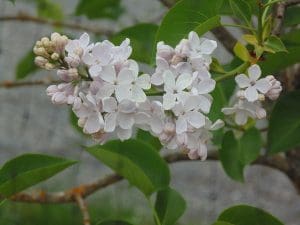
Bark
The bark is grey-brown.
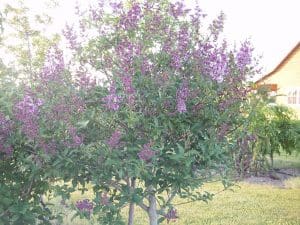
Habitat
Native to Eurasia, this tree likes the warm edges of roadsides, woodlands and hedges, usually on more alkaline soil (often plants with purple and blue flowers are growing on more alkaline soils). In the UK, your local park is a good place to start looking.
Known Hazards
None known
Could Be Confused With
The leaf shape is somewhat similar to Linden trees, but those lack the sucker growing pattern of Lilacs, and Linden trees are usually a lot taller. A good rule of thumb is not to pick any leaves to eat without being 100% certain of the species of tree. The flowers can look like Buddleja, but Lilac is definitively a tree whereas Buddeja is a shrub, often found growing out of walls. The leaves are also different on close inspection
Edible Uses
Only the flowers are edible. Do not consume any other part of the Lilac tree, including leaves. Before preparing a dish, it’s best to remove the flowers from the stalks. Some say that the aroma of Lilac blossoms is more appealing than their taste.
The aroma is made of the small oily chemicals, which can be captured in water and sugary substances like honey. Why not infuse Lilac blossoms in a jug of cold water for a refreshing spring-time drink?
Infusing the blossoms in honey for at least six weeks is a delightful way of capturing the smell. Another traditional practice was to pack a sprinkle of blossoms into a container of sugar and let the aroma diffuse through the baked goods made with that sugar. Don’t add too many petals, though, because the sugar will absorb their liquid and it could get messy.
You could make syrup using this principle though – pack a lot of flowers and sugar in layers into a jar and let it warm in a bain-marie for a few hours. After straining you should be left with a lilac scented syrup for adding to creams, icings, custards, ice creams, cordials and puddings. It also makes a delightful vinegar for use in salad dressings and glazes.
The flowers usually bloom from late April – May, but keep an eye as the window of opportunity is relatively narrow!
Notes on Herbal Use
Lilac syrup, which contains lactulose with other sugars eg, galactose and lactose, is used in the treatment of constipation and to prevent and treat a brain condition that can happen in people with liver disease (hepatic encephalopathy). It relieves constipation by drawing water into the colon, making the stool softer and easier to pass.
Lilacs, like many other brightly coloured edible plant parts, have been linked with protecting eye health, partly because they help maintain the integrity of the microcirculation.
Extra notes from the Foragers
Lilacs are relatives of olives.
Be considerate of the tree and only gather flowers from areas where it is legal to do so. Considering the potency of the scent, you don’t need to pick a huge amount, and make sure to leave plenty on the tree for reproduction and also for pollinators.
Sources:
https://practicalselfreliance.com/edible-lilacs/
https://thepracticalherbalist.com/herbal-memoirs/lilac-an-edible-and-medicinal-treat/



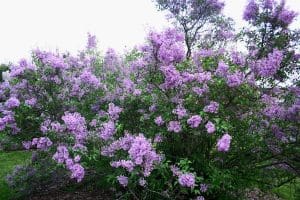
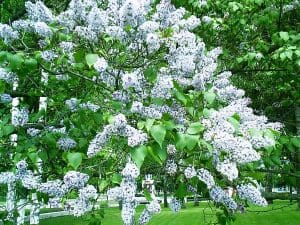



Leave a Reply
You must be logged in to post a comment.